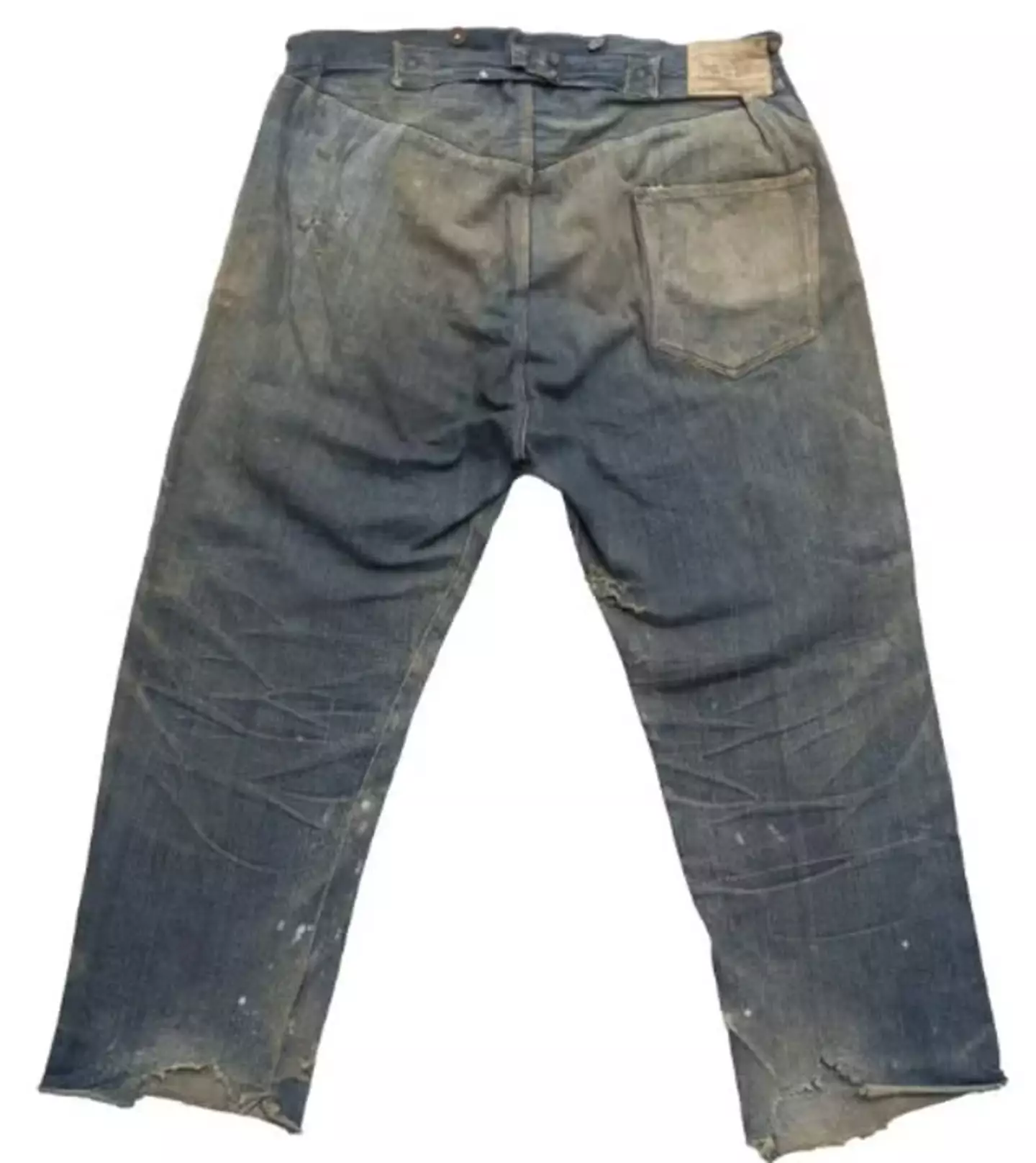Have you ever considered why Levi jeans come with a series of metal studs?
While they might appear to be a design choice, these studs had a functional purpose when they were first introduced.
The design was patented by Levi Strauss & Co. in 1873, and over time, these rivets became an iconic feature of the jeans.
Someone on Reddit questioned their purpose, asking: “Do they serve a purpose, practical or otherwise? If not… Why are they there?”
Various users speculated, with one humorously suggesting: “To punish you for taking your laundry out of the dryer too soon.”
Another commented that they were designed to ‘scratch the hell out of cellphone screens when putting them back in your pocket without looking’.
While these are amusing ideas, they don’t quite hit the mark.
So, what is the real reason for the presence of these rivets on the jeans?

The reason dates back to when jeans were used as robust work trousers.
In the past, before fast fashion, people needed durable clothing, especially for manual labor jobs.
Though denim jeans are tough, workers in mines discovered a recurring problem.
Jeans often frayed around the pockets, where the stitching was weakest.
The metal studs were strategically placed at these weak points to strengthen the seams.
Today, jeans are not primarily used as workwear.
However, the rivets are still part of the design, serving an aesthetic purpose.

Additionally, there is a small pocket within the larger pocket on the jeans.
This little pocket was initially designed for pocket watches before wristwatches became more widespread.
The durability of these jeans is notable, as demonstrated by a pair from the 1880s found in an abandoned mine in wearable condition.
These jeans were auctioned for $87,000.
But how were they dated? Unfortunately, it was due to a racist inscription on the label.
The label stated ‘the only kind made by white labor’, referencing the 1882 Chinese Exclusion Act, which prohibited Chinese labor in the US.
This slogan was dropped in the 1890s, which provides a date for the jeans and highlights a troubling part of US history.

